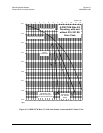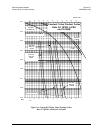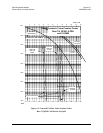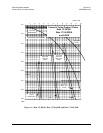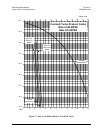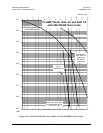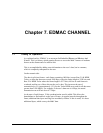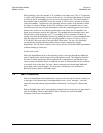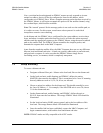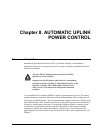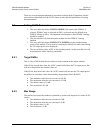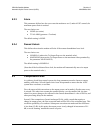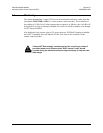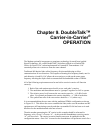
CDM-Qx Satellite Modem Revision 5
EDMAC Channel MN/CDMQx.IOM
7–2
When framing is used, the normal V.35 scrambler is no longer used. This V.35 approach
is called ‘self synchronizing’, because in the receiver, no external information is required
in order for the de-scrambling process to recover the original data. The disadvantage of
this method is that it multiplies errors. On average, if one bit error is present at the input
of the descrambler, 3 output errors are generated. However, there is an alternative when
the data is in a framed format. In this case, a different class of scrambler may be used -
one which uses the start of frame information to start the scrambling process at an exact
known state. In the receiver, having synchronized to the frame, the de-scrambler can
begin its processing at exactly the right time. This method does not multiply errors, and
therefore has a clear advantage over V.35 scrambling. This is fortunate, as there is a
penalty to be paid for adding the framing. By adding the extra 5% to the transmitted data
rate, the effective Eb/No seen by the user will degrade by a factor of 10 log (1.05), or
0.21 dB (0.07 dB in the case of the two BPSK Turbo rates). The use of an externally
synchronized scrambler and descrambler almost exactly compensates for this
degradation. The net effect is that the user will see effectively identical BER performance
whether framing is used or not.
On the receive side:
When the demodulator locks to the incoming carrier, it must go through the additional
step of searching for, and locking to the synchronization word. This uniquely identifies
the start of frame, and permits the extraction of the overhead bytes and flag bits at the
correct position within the frame. In addition, the start of frame permits the de-scrambler
to correctly recover the data. The user’s data is extracted, and sent through additional
processing, in the normal manner. The extracted overhead bytes are examined to
determine if they contain valid M&C bytes.
7.2 M&C Connection
Data to be transmitted to the distant-end is sent to a local unit via the remote control port.
A message for the distant-end is indistinguishable from a ‘local’ message - it has the
same structure and content, only the address will identify it as being for a distant-end
unit.
Before the M&C data can be successfully transmitted and received, pairs of units must be
split into EDMAC Masters and EDMAC Slaves. Masters are local to the M&C
Computer, and Slaves are distant-end.



